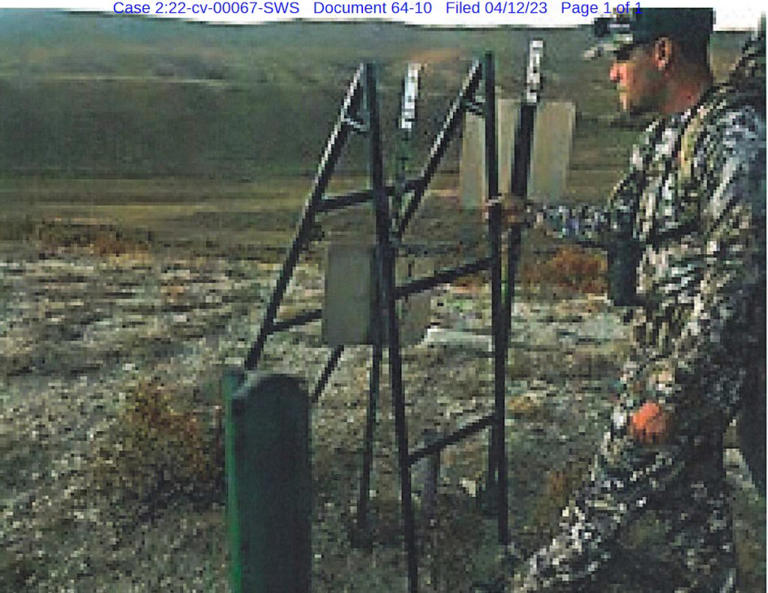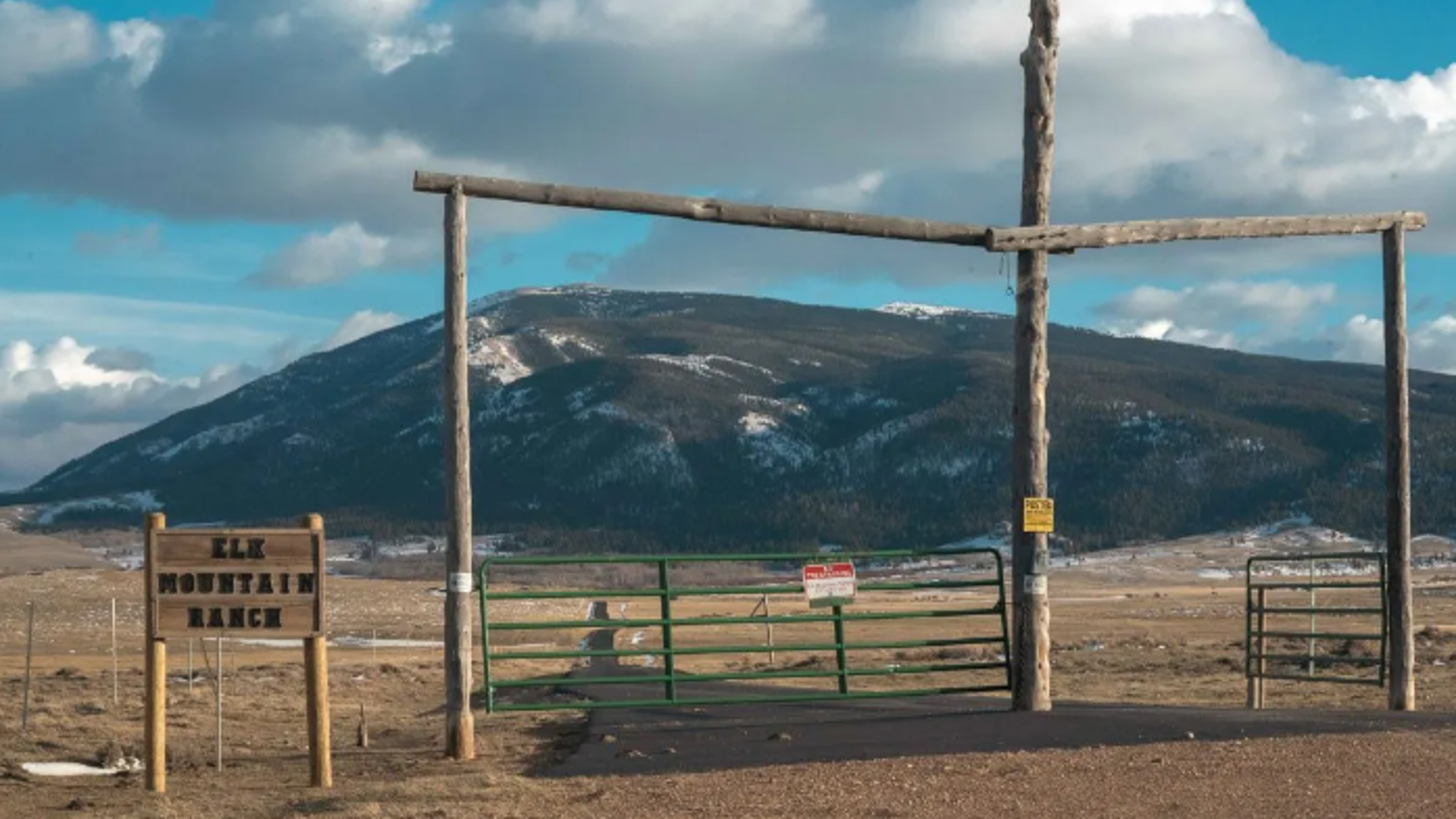I found this an interesting read. Although I usually I side with landowners, this was a new issue to consider.
--------------------------------
Defendants in a multi-million-dollar trespass lawsuit maintained under questioning that the airspace they traversed while corner crossing to hunt on public land is shared with the public and is not the exclusive domain of the ranch owner who is suing them.
Four Missouri hunters targeted by Elk Mountain ranch owner Fred Eshelman told their stories in depositions filed April 12 in federal court in Casper. In dozens of pages, they answered questions posed by Eshelman’s attorney.
“I didn’t cross through any private airspace,” said hunter Bradly Cape, the owner of a Missouri fence-building company whose work requires frequent interaction with property lines and land ownership issues. “It’s a common shared airspace. I know I never crossed private airspace.”
Cape, Phillip Yeomans, John Slowensky and Zachary Smith described in their testimony how they corner crossed in Carbon County to hunt public land adjacent to Elk Mountain Ranch without setting foot on private land. Corner crossing involves stepping from one section of public land to another at the common corners with two sections of private property — all arranged in a checkerboard pattern of land ownership — without touching the private land.
An attorney for Eshelman, a wealthy North Carolina pharmaceutical magnate, questioned the four earlier this year in Cheyenne regarding their 2020 and 2021 hunts on Elk Mountain.
Eshelman contends his company, Iron Bar Holdings, has property rights at Elk Mountain that extend above the ground and that the corner-crossing men trespassed even though they did not touch his land. He filed papers from real estate agents saying if corner crossing were allowed, agents would devalue his 22,045-acre ranch by between $7.7 and $9.4 million.
No legislation, lawsuit or criminal case has firmly established the legality of corner crossing. As a result, Eshelman, a hunter himself, can have near exclusive control over access to thousands of acres of public land enmeshed in his Carbon County ranch if corner crossers are kept at bay.
Across the West, some 8.3 million acres of public land are inaccessibly “corner-locked” if the public can’t reach them by corner crossing, so the federal civil suit has widespread implications.
Corner-crossing hunters claim ‘shared airspace’ in trespassing defense (msn.com)
--------------------------------
Defendants in a multi-million-dollar trespass lawsuit maintained under questioning that the airspace they traversed while corner crossing to hunt on public land is shared with the public and is not the exclusive domain of the ranch owner who is suing them.
Four Missouri hunters targeted by Elk Mountain ranch owner Fred Eshelman told their stories in depositions filed April 12 in federal court in Casper. In dozens of pages, they answered questions posed by Eshelman’s attorney.
“I didn’t cross through any private airspace,” said hunter Bradly Cape, the owner of a Missouri fence-building company whose work requires frequent interaction with property lines and land ownership issues. “It’s a common shared airspace. I know I never crossed private airspace.”
Cape, Phillip Yeomans, John Slowensky and Zachary Smith described in their testimony how they corner crossed in Carbon County to hunt public land adjacent to Elk Mountain Ranch without setting foot on private land. Corner crossing involves stepping from one section of public land to another at the common corners with two sections of private property — all arranged in a checkerboard pattern of land ownership — without touching the private land.
An attorney for Eshelman, a wealthy North Carolina pharmaceutical magnate, questioned the four earlier this year in Cheyenne regarding their 2020 and 2021 hunts on Elk Mountain.
Eshelman contends his company, Iron Bar Holdings, has property rights at Elk Mountain that extend above the ground and that the corner-crossing men trespassed even though they did not touch his land. He filed papers from real estate agents saying if corner crossing were allowed, agents would devalue his 22,045-acre ranch by between $7.7 and $9.4 million.
No legislation, lawsuit or criminal case has firmly established the legality of corner crossing. As a result, Eshelman, a hunter himself, can have near exclusive control over access to thousands of acres of public land enmeshed in his Carbon County ranch if corner crossers are kept at bay.
Across the West, some 8.3 million acres of public land are inaccessibly “corner-locked” if the public can’t reach them by corner crossing, so the federal civil suit has widespread implications.
Corner-crossing hunters claim ‘shared airspace’ in trespassing defense (msn.com)
Last edited:





